CHINASE | ENGLISH
bottom
NEWS
Airshow China | several aerospace products of the 8th Research Institute of China Aerospace Science and Technology Corporation w
The first rocket of the new generation launch vehicle: Long March 6
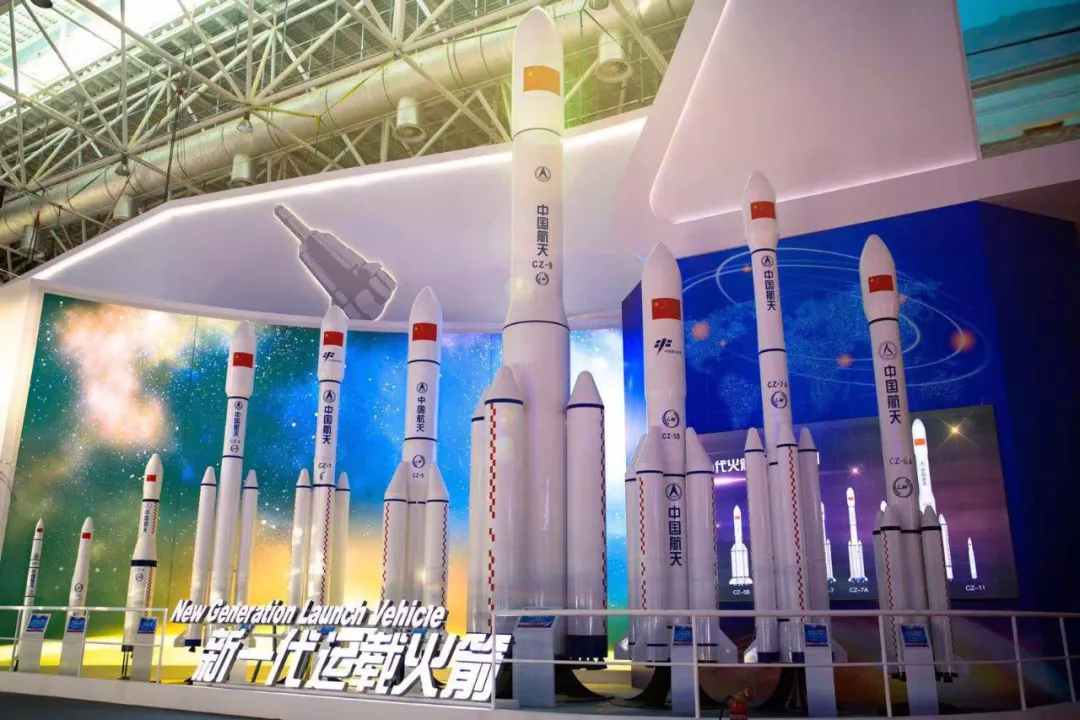
Long March 6 is the first rocket of China's new generation launch vehicle. On September 20, 2015, Long March 6 launch vehicle successfully sent twenty satellites to the space, which witnessed the opening of China's launching of new generation launch vehicles. Long March 6 has realized leapfrog development of the launch technology, as well as key technological breakthrough in the field of nontoxic and pollution-free launch vehicles with a big thrust force, high reliability, strong adaptability, and low cost, marking a significant milestone in the development of launch vehicles in China. In 2017, Long March 6 successfully launched Jilin 1 Business Satellites 04, 05 and 06, which marked the first commercial launching of China's new generation liquid launch vehicle.
The new generation solid strap-on medium-size launch vehicle: Long March 6 A
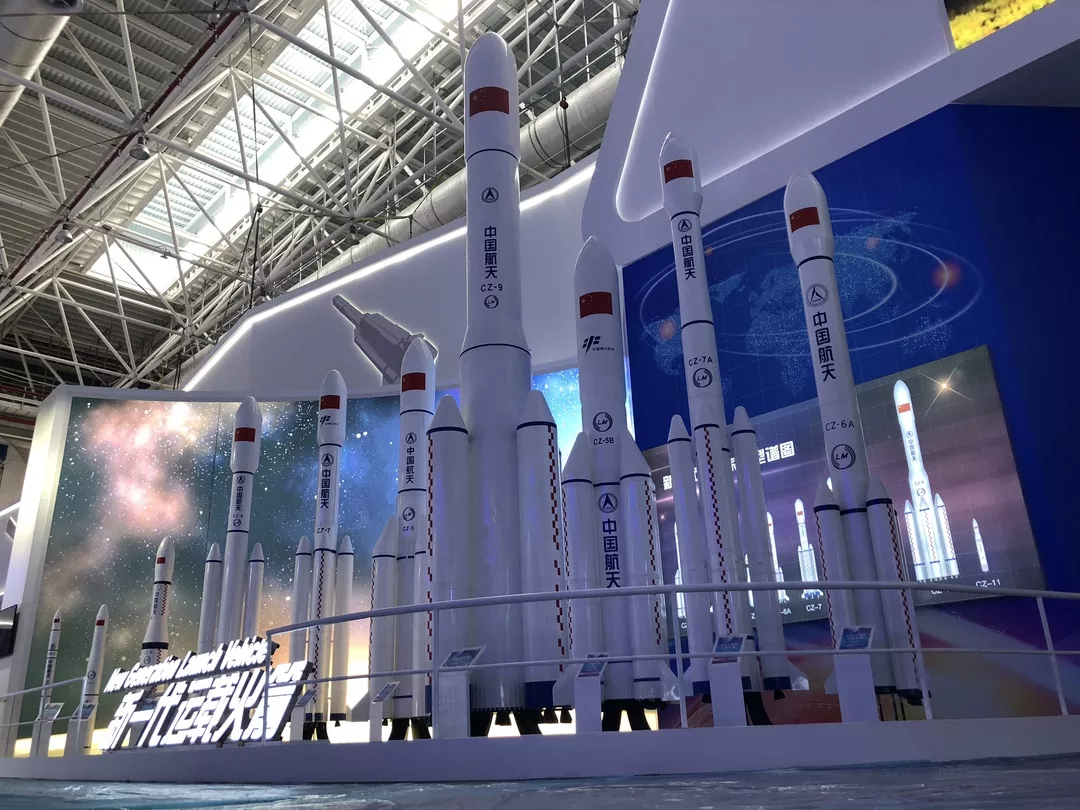
Long March 6 A launch vehicle is China's first solid strap-on medium-size launch vehicle. The lunch vehicle is designed based on the existing technology through modularization, combination, and serialization. It makes the best of the big solid dynamical thrust with a short time, and steady liquid dynamical thrust with a high specific impulse, adopts the two and a half stage structure, with the liquid core strap-on with four solid boosters, and the horizontal operation, vertical assembling, and vertical test model.
The vehicle is about 50 meters long in total, with a takeoff thrust of 7230 kN and takeoff mass of about 530 tons. The first sub-stage of the rocket core is 3.35 m in diameter. It has two liquid oxygen/kerosene engines with a thrust force of 1188 kN. The second sub-stage is 3.35 m in diameter, adopting one liquid oxygen/kerosene engine with a thrust force of 180 kN. The booster adopts a 2-meter two-stage solid engine, with a thrust force of 1214 kN. The standard nose cone for the launch vehicle is 4.2 m in diameter. According to the requirements of different satellites, it can be matched with the nose cones with a diameter of 3.35 m, 3.8 m and 5.2 m.
Terminal sub-stage carrying
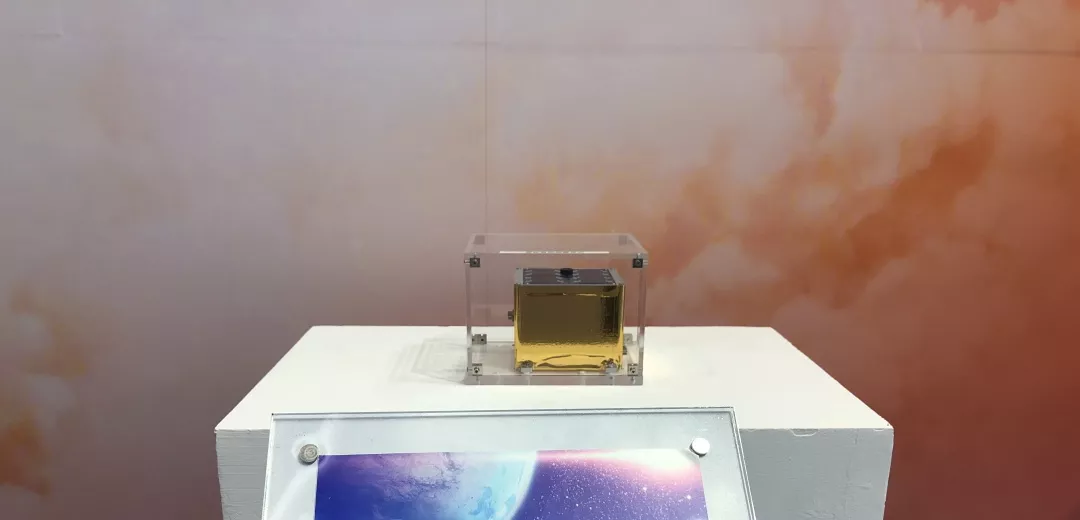
The terminal sub-stage is the last stage of the rocket. In the past, after separation of the satellite and rocket, it becomes fragments and leaves on the orbit, which is a safety threat to in-orbit spacecrafts, and is totally space junk. The 8th Research Institute made transformation to the terminal sub-stage and mounted a power supply module, communication module and navigation control module to it, and added a carrying cabin which is compatible with the interface of various assemblies, making it a functional space laboratory.
The terminal sub-stage space testing platform of the rocket can become a carrier of new materials, new devices, biological medicines and culture, and can be used for finishing the scientific experiment in the space. The space junk has become a valuable.
In-orbit life-extending aircraft
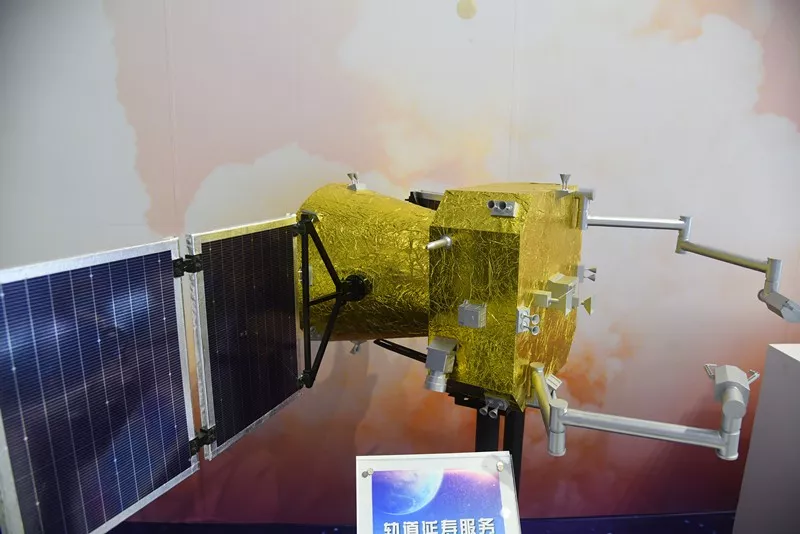
The in-orbit life-extending aircraft is a new type of spacecraft developed by the 8th Research Institute. It can prolong the life of in-orbit satellites through taking over satellite control and other technical means.
The function of in-orbit life-extending aircraft is very simple, and most of its weight is from the propellant. Its functional principle is that it can fly beside the geostationary satellite of which the propellant is about to be exhausted, and help to maintain the satellite in the orbit with its own propellant and the docking technology between the Shenzhou spacecraft and Tiangong module, so as to help the satellite return to normal work and prolong its service life.
It's estimated that if it can help a communication satellite prolong its life for half a year, the economic benefit made from the commercial transponder will be tens of millions of RMB, so it can bring considerable benefits.
Stationary orbit microwave sounding meteorological satellite
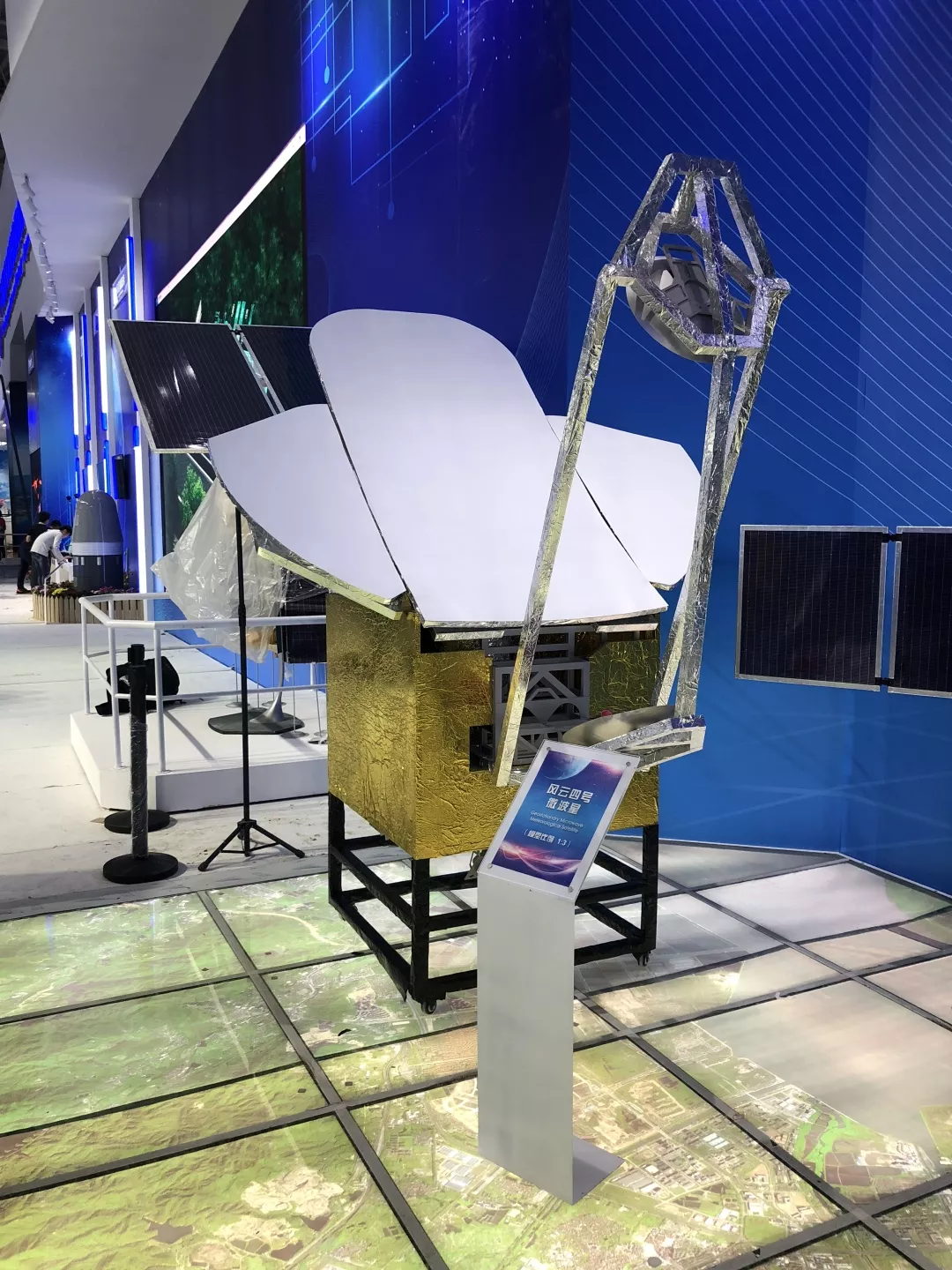
In order to solve the problem of optical satellites that they can't penetrate the cloud layer, the stationary orbit microwave sounding meteorological satellite can realize sounding with microwaves which have a longer wavelength. It can penetrate the internal structure of clouds, and solve the problem that the optical satellite can easily be blocked by clouds, and realize the 3D 24-hour all-weather monitoring of atmosphere temperature and humidity.
The stationary orbit microwave sounding meteorological satellite adopts the mature high orbit high accuracy remote sensing satellite platform developed by the 8th Research Institute, and is provided with a millimeter wave and sub-millimeter wave detector. It has for the first time realized quantitative stationary orbit microwave remote sensing. It can monitor the meteorological phenomena like typhoons and regional precipitation within the full scope of the globe in minutes in 24 hours a day, and provide precise forecasting of the typhoon path and intensity.
Now the key technologies about the background model of the satellite are being studied. The model will be initiated in 2019, and the satellite will be sent to the orbit in 2023.
Tianhe-1 Satellite
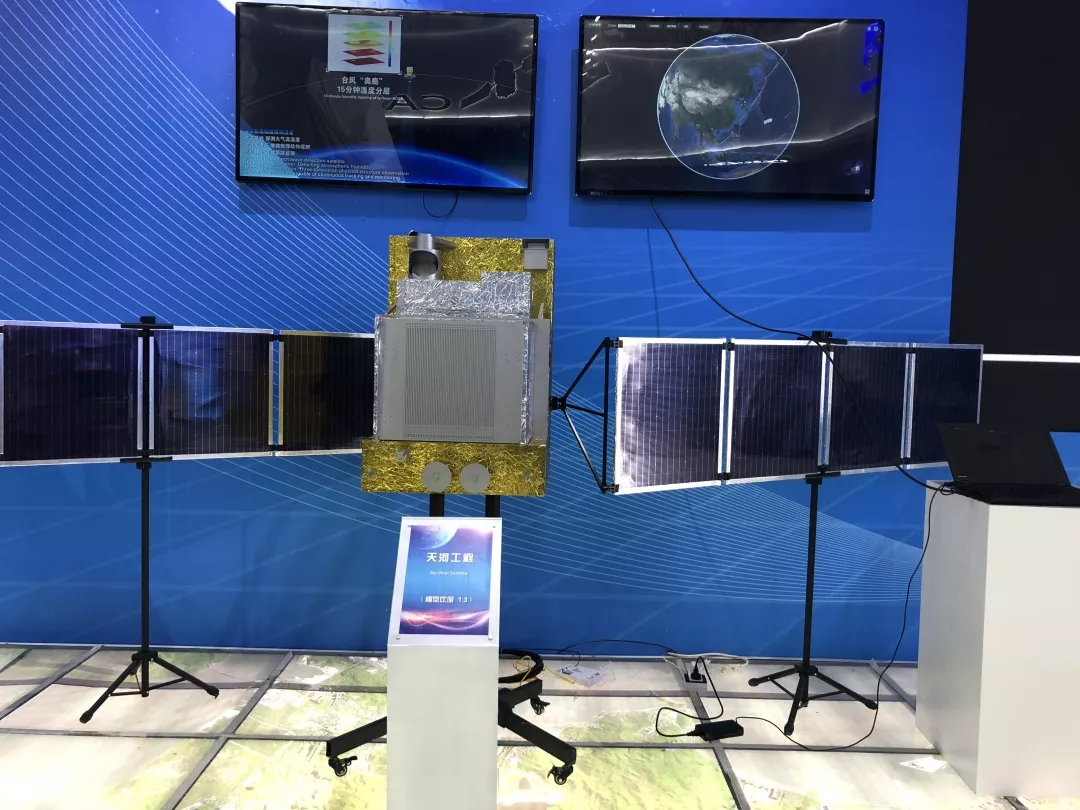
Tianhe Project is an innovative aerial water resource development and utilization project proposed according to the Tianhe Theory. Through a scientific analysis of the distribution and conveying pattern of the water substances in the air, it adopts the new manual intervention technology and can realize the coordinated regulation & control and utilization of aerial water resources and surface water resources in different regions, which is of great importance for solving the regional water resource problems in China and the Belt and Road Initiative areas.
Tianhe-1 satellite is the first special satellite constellation used in China for aerial water resource sounding, and it can provide an aerial guarantee for the implementation of Tianhe Project. The satellite adopts a low orbit and low dip, SAST-ML1 public platform, microwave thermo-hygrometer, precipitation measuring radar, cloud and water detector and other payloads, and can realize high accuracy sounding through active, passive, and multiple means comprehensively.
Through Tianhe-1 networking satellite, Tianhe Project can form an integrated aerial water resource development and utilization pattern with the ground implementation system, and provide technical supports for the implementation and effect evaluation of aerial water resource development.

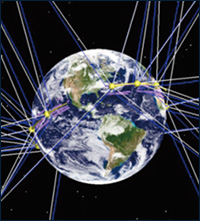
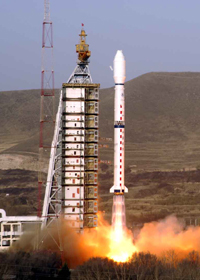
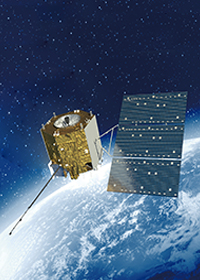

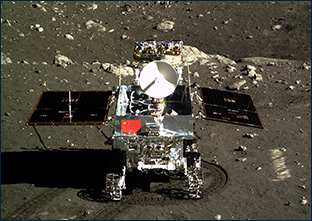
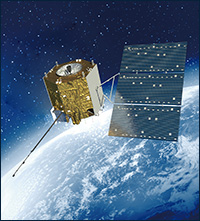

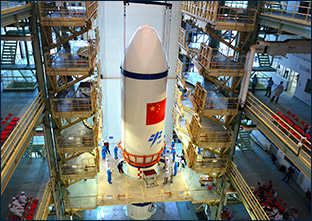



 DOWNLOAD
DOWNLOAD E-MAIL
E-MAIL